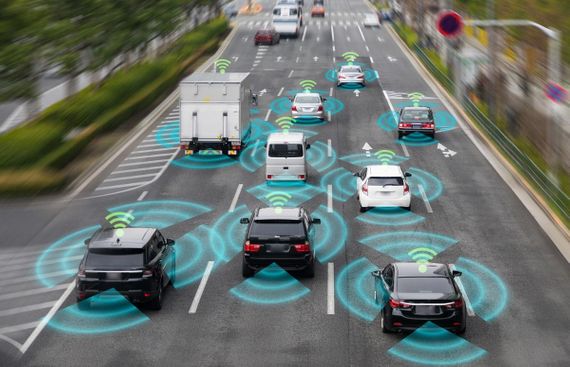How Does Google Maps Predict the Traffic Jams While Travelling?

Ever wondered how Google Maps recognizes the traffic jams and show them on the app or navigation screen of your car? Recently, Simon Weckert, an artist hailing from Berlin hacked the Google Maps, by filling a red wagon with 99 iPhone running Google Maps and dragging around the city to make fun of the service. By creating a traffic jam which was not there in the first place.
This raised concerns on the efficiency or accuracy of the reliable Google Maps and how it responds to the data from the normal traffic conditions. Google Maps generally updates based on anonymously recorded user data, traffic sensors, and satellite data to make sure the app is providing the most accurate traffic conditions.
If you have used Google Maps, there are chances that you have seen the street coloured in blue, orange, or red. Blue roads indicate that the traffic is moving normally, but orange and red represent slowdowns which are due to the slower speed travellers are moving on that part of the road. Besides, if drivers are driving slower, and the others can drive normal speeds, Google will be removing the slow down status.
According to 9to5Google’s report, it’s not clear how many slower than usual cars are needed for Google Maps to indicate it as slow traffic. But, it only took one single vehicle driving past at normal speeds to undo the traffic jam status caused by the wagon. Another feature is that Google Maps will notice if several users are stopped on the highway and report it as a slow down, but not when several others have parked in a parking garage.
More importantly, Google Maps can also know the type of vehicle. If a scooter goes through the traffic jam, Google Maps won’t be changing the traffic conditions in the area. However, based on user inputs, Google Maps also updates other features such as accidents, construction zones, speed traps, and other alerts. This would help in reroutes and ETA calculations which make the journey easy for users. But, the reroutes are not always reliable as the algorithm analyzes the data and guess the nearest route.
